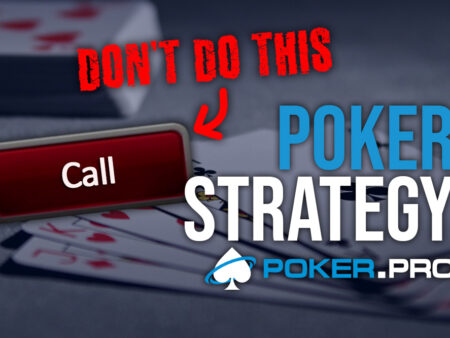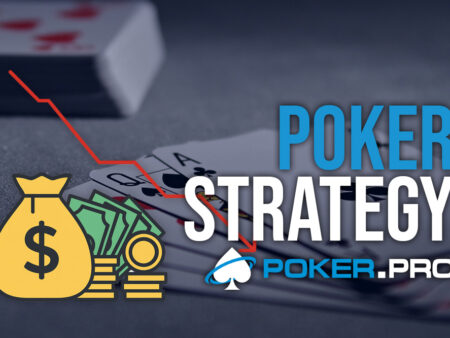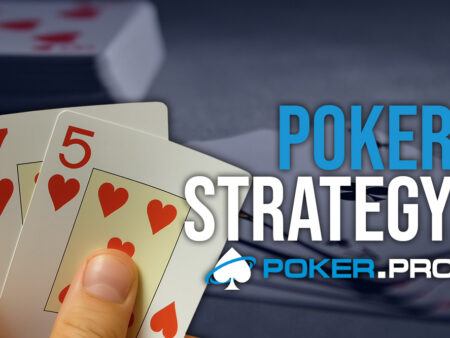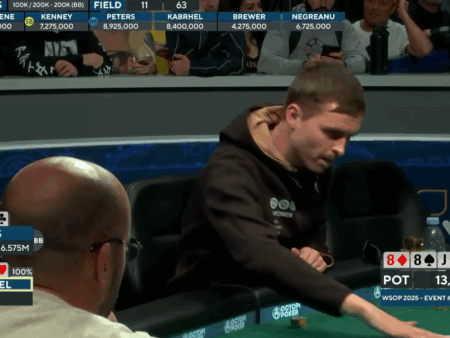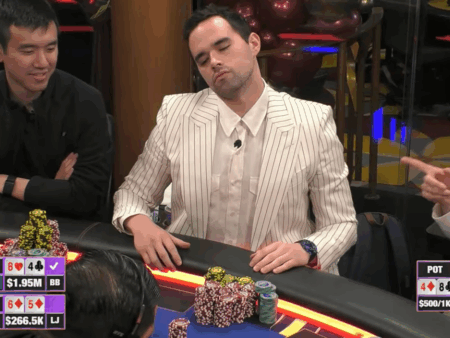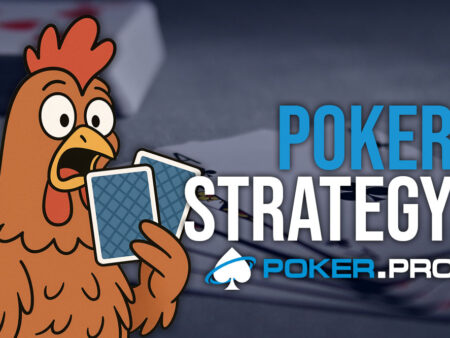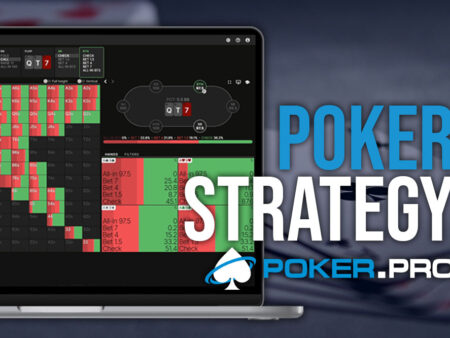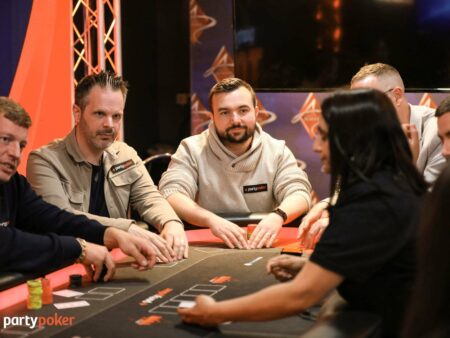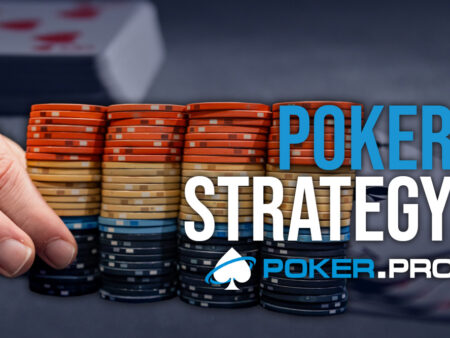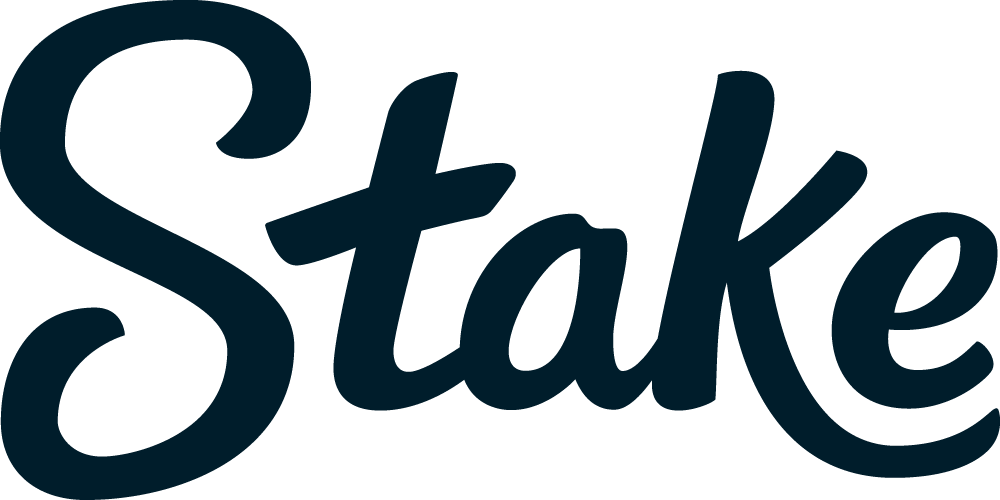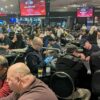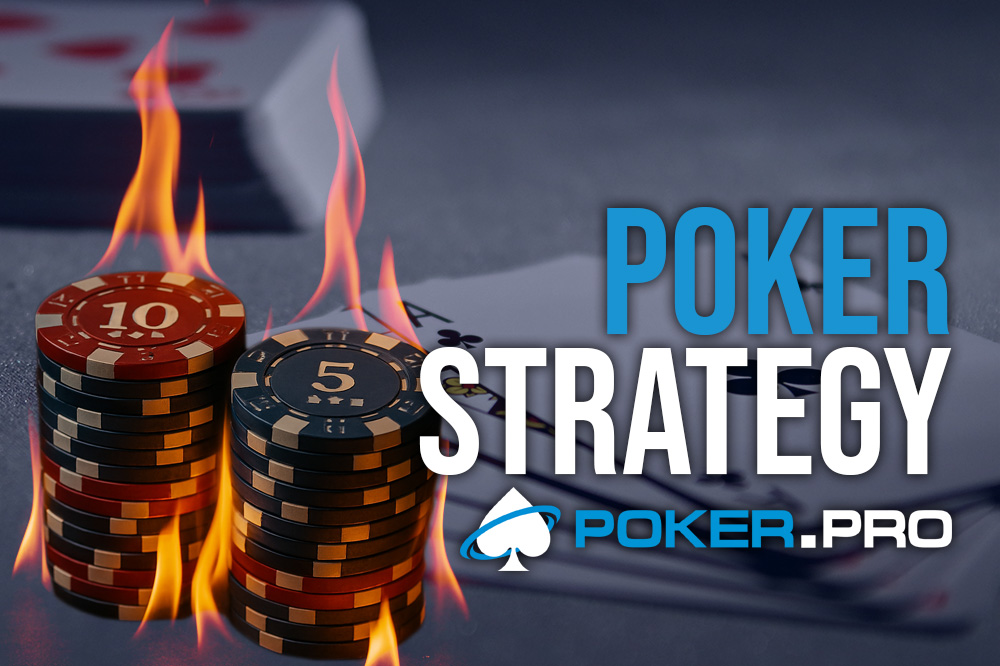
As poker players aiming for some kind of success or aspiring to make money, before we even play a single hand, there is one main thing we need to address: the environment we are playing in. When we say environment, the first things that should come to mind should be safety, softness of the field, amount of action, and rake.
Once we decide to sit at the table, the first three elements are out of our control, but we can still impact the fourth one (rake). In this article, we will discuss how we can implement tools to reduce the rake we pay and, by doing that, raise our win rate.
Rake is the scaled commission fee taken by a cardroom operating a poker game. It is generally 2.5% to 10% of the pot in each poker hand, up to a predetermined maximum amount. In most games, there is no preflop rake, meaning that if the player wins the hand before the flop is dealt, there is no rake, but there will be some live games that will rake players even if the hand is won in preflop. The most well-known online case of that is GGPoker; most of the other sites don’t rake preflop action.
Impact of Rake
This is one of the most critical pieces of information we need to know since the effect of paying the preflop rake has a huge impact on our win rate. To be more precise; if a good regular is opening 24 percent of the hands and 3-betting 12 percent of his range, and his opponents are folding 50 percent of the time, that means that he doesn’t have to pay rake on 16.5 percent of his total range, which is 16.5 percent less than in games where players have to pay preflop rake.
This might not seem much, but when you accumulate that number to millions of hands, it’s a huge amount of money, depending on the stake you play. If we consider that most players won’t defend even 50 percent against 3-bets, but significantly less, making us take pot preflop without rake more often.
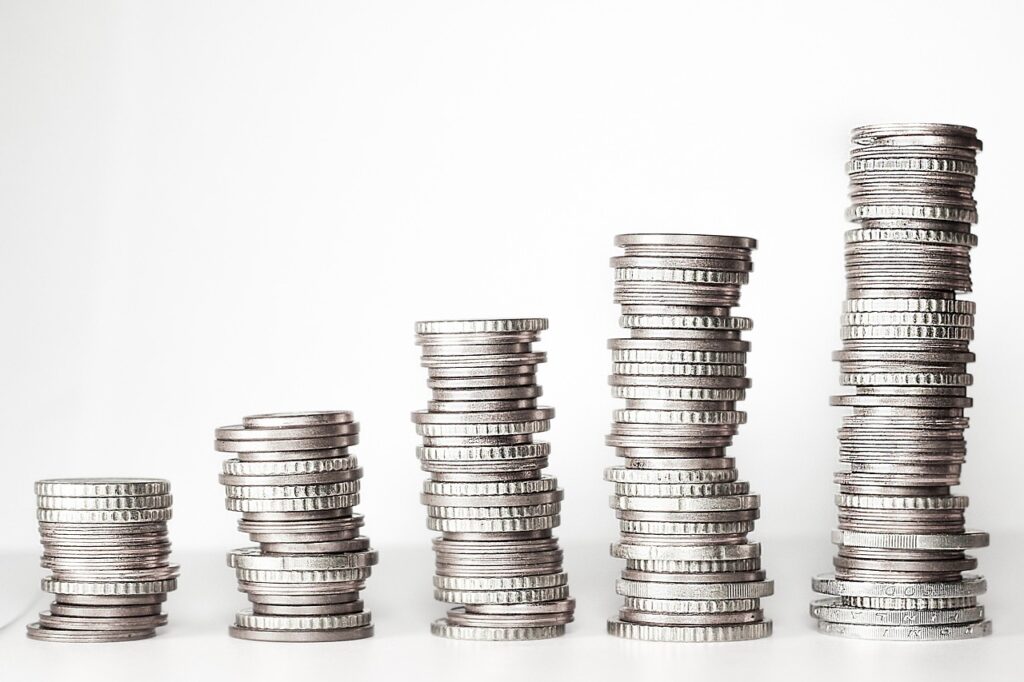
This is the difference in rake paid just by 3-betting, but what about when we open and we manage to steal the blinds from all positions from UTG to SB? In this case, it’s going to be around 32% of the hands we open, and we are going to steal blinds successfully around 50 percent of the time, making it 16 percent of the hands that we are not going to pay rake.
There is also going to be more rake paid on sites where players do more flat calling against your opens, as it will invite other players behind them to call, and the equity will be split between more players, making it harder for the opener to win the pot and will make pots bigger. This means the 33 percent bet will be bigger than if we were betting in a single raise pot, and we will pay for the bad beat jackpot more often (a deeper explanation of the bad beat jackpot tax is below in the text).
This is going to be a rake difference of from 1.6 big blinds to even four big blinds, depending on the amount of folds we get and how wide we are 3-betting or opening.
In the image below, we can see how win rates are impacted in different rake structures in each position.
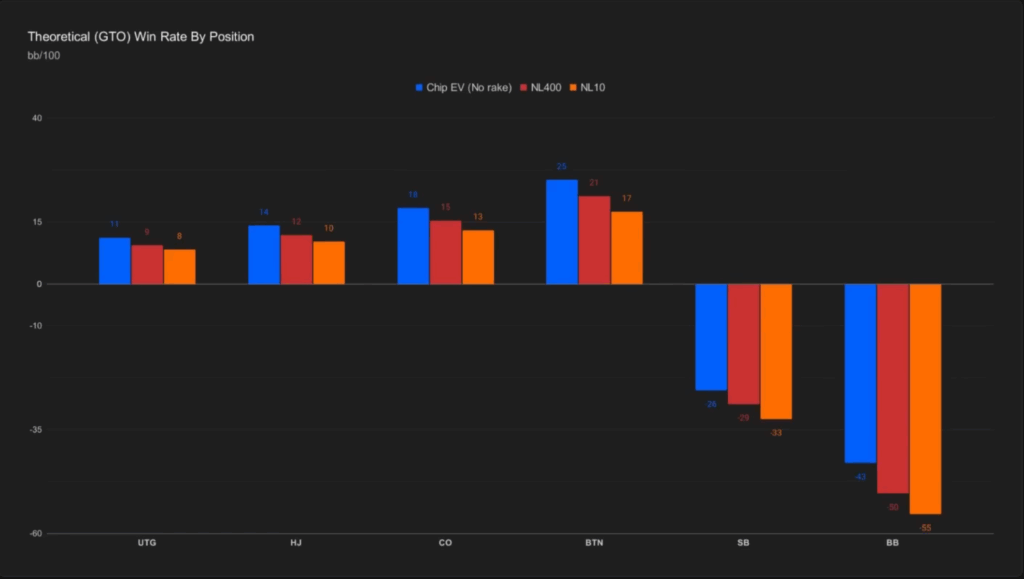
Deciding Where to Play
If we make the logical decision to play on sites where there is no preflop rake, there is something we can and must do to reduce the rake we pay. We will have to size up on our 3-bets, especially when we are playing out of position. This is also a negative factor we do not want to be affected by, so we increase the size of our 3-bets to get more folds.
If we decide to play in games where preflop is raked, there is no benefit from big 3-bet sizing, as we are going to pay rake anyway. Another reason why it is better to 3-bet smaller is to try to keep the pot under 20 big blinds to avoid paying an additional one big blind to the bad beat jackpot pool (this is only for GGPoker).
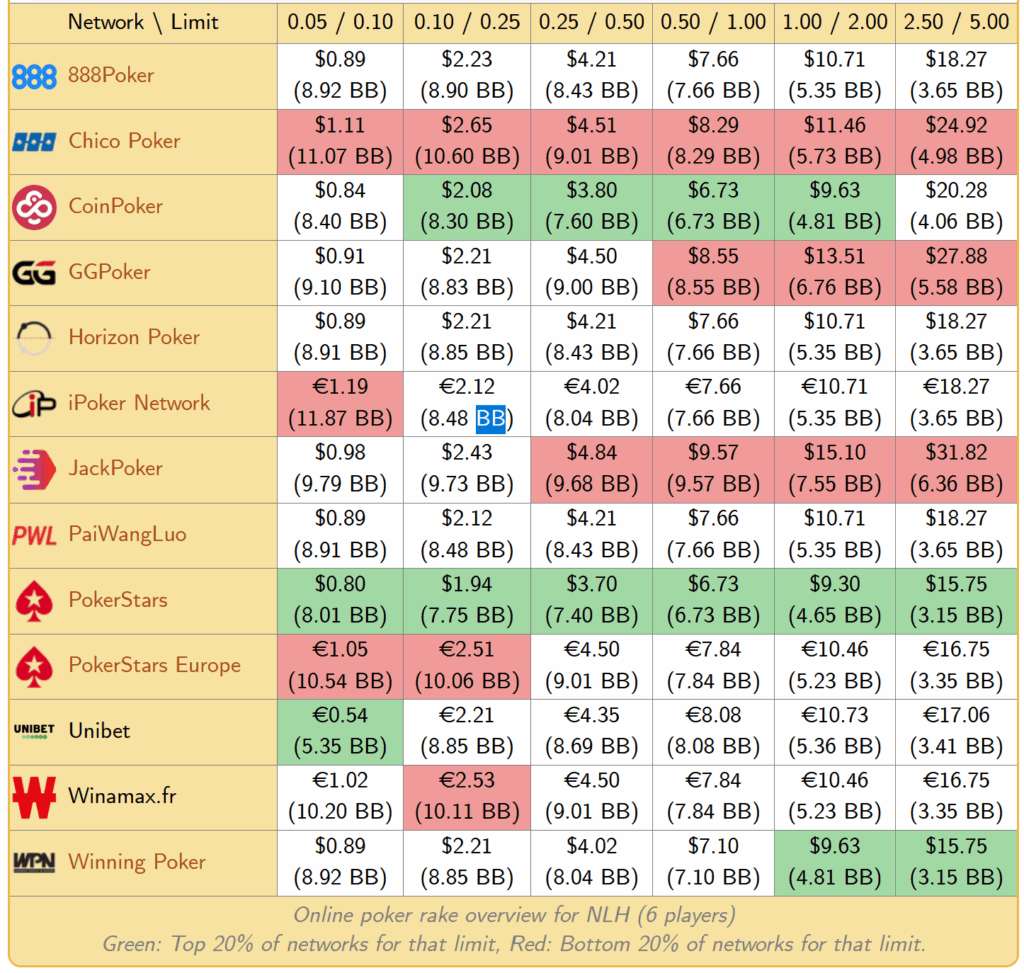
In this primedope table, we can see rake structures for the most popular sites. We should choose where to play based on the best rake for the limits we play.

